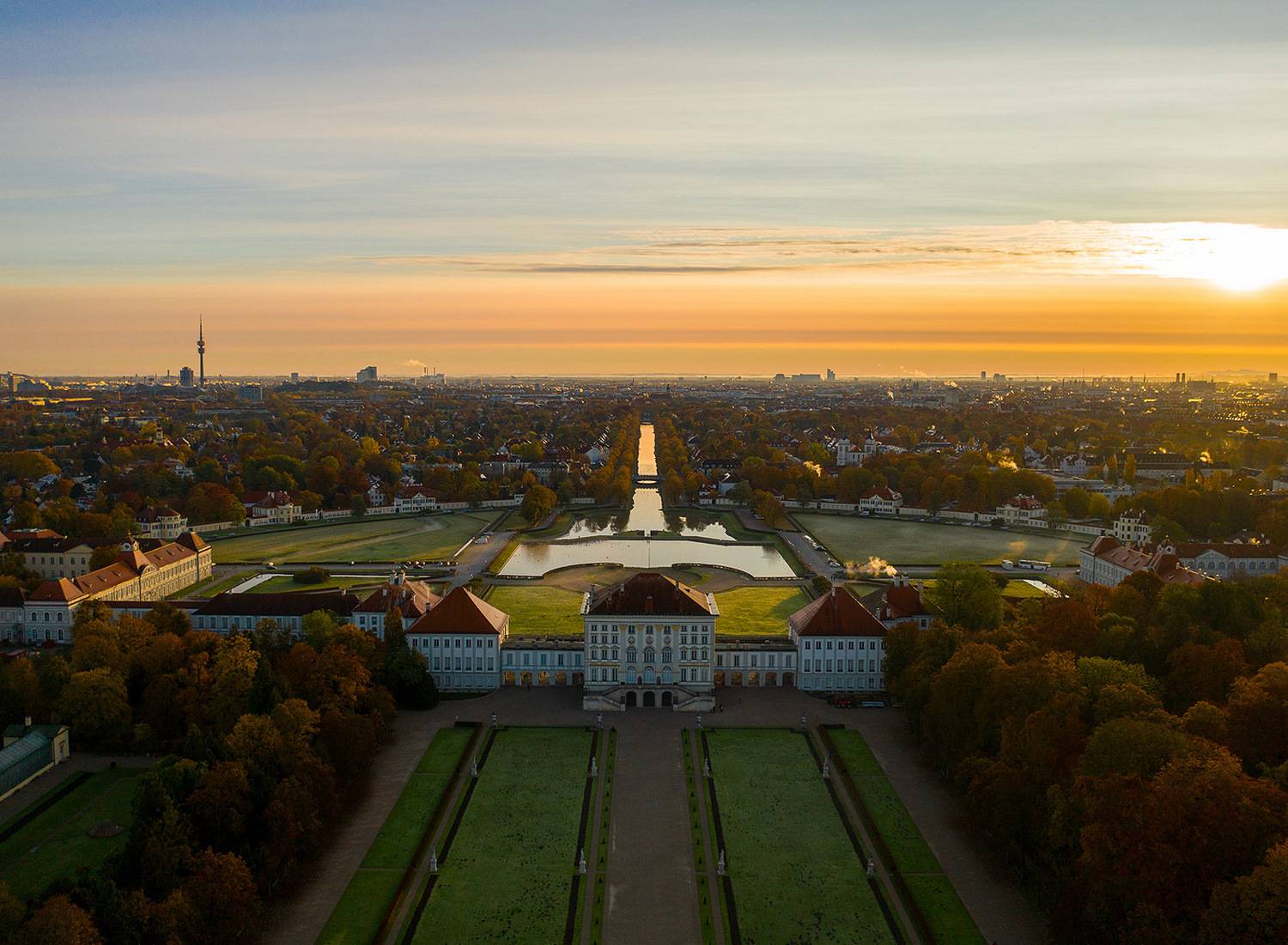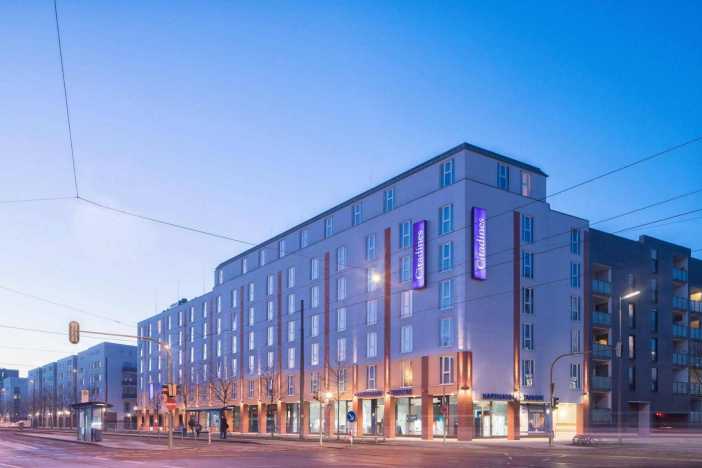Nymphenburg Palace, long the summer residence of the Wittelsbach royal family, is located in the north-west of Munich. The long-awaited birth of a son to Henrietta Adelaide of Savoy, wife of the Elector Ferdinand Maria Wittelsbach, prompted the construction of the sumptuous summer residence. The couple had waited with increasing anxiety for an heir to the throne for ten years. When this event took place in 1662, however, there was no end to their joy.
The original castle looked more like a fortress. A large cubic structure, outbuildings and a small geometrically designed park.
It was the heir to the throne, Max Emmanuel, who, during his reign from 1680 to 1726, completed the palace and extended the park to its present size.
Despite its enormous size, the palace and adjoining park blend in beautifully with the cityscape, taking you back a few centuries to 1664, when construction of the palace began in honour of the birth of the long-awaited heir. Children of all ages can come here: schoolchildren will enjoy a trip into history, while the little ones will get a vivid picture of the stories of the kings.

The palace took ten years to build and was later rebuilt several times, resulting in several symmetrical buildings linked together, with a total length of around 700 metres. The exquisite splendour of the grey and white facades, the red roofs and the clock tower, which occasionally strikes a melodious chime, will impress even those who have been to similar places.
The interior of the palace is astonishing: frescoed ceilings, crystal chandeliers, intricately framed mirrors, paintings, a wealth of decoration that is astonishing in that much of it has survived to the present day without fading or losing its splendour. The Stone Hall, where balls were held and King Ludwig II was crowned, the Coat of Arms Room and, of course, the Gallery of Beauties, with its 36 portraits of young women, are a delight for the imagination. The lacquered Chinese Cabinet is decorated with particular finesse.
The park surrounding the palace is no less lavish. The extensive grounds include manicured lawns, sculptures, fountains, canals and a large lake where swans and ducks swim and walk along the paths. There are several other interesting sites in the park that are open to the public. One of these is the Amalienburg hunting lodge, which hides in the thicket and has an unusual mirrored hall.
The Badenburg has a swimming pool and the white-walled Pagodenburg has a tea room, a place to relax. In contrast to these intricate structures is Dörfchen, a corner decorated like a traditional Bavarian village.
But that's not all Nymphenburg has to offer. At the back of the park is the Botanical Gardens, and the palace grounds are home to several museums, including the Carriage Museum, the Porcelain Museum and the interactive Man and Nature Natural History Museum. Combined tickets are sold for convenience, allowing you to visit all the exhibitions at a reduced rate.











